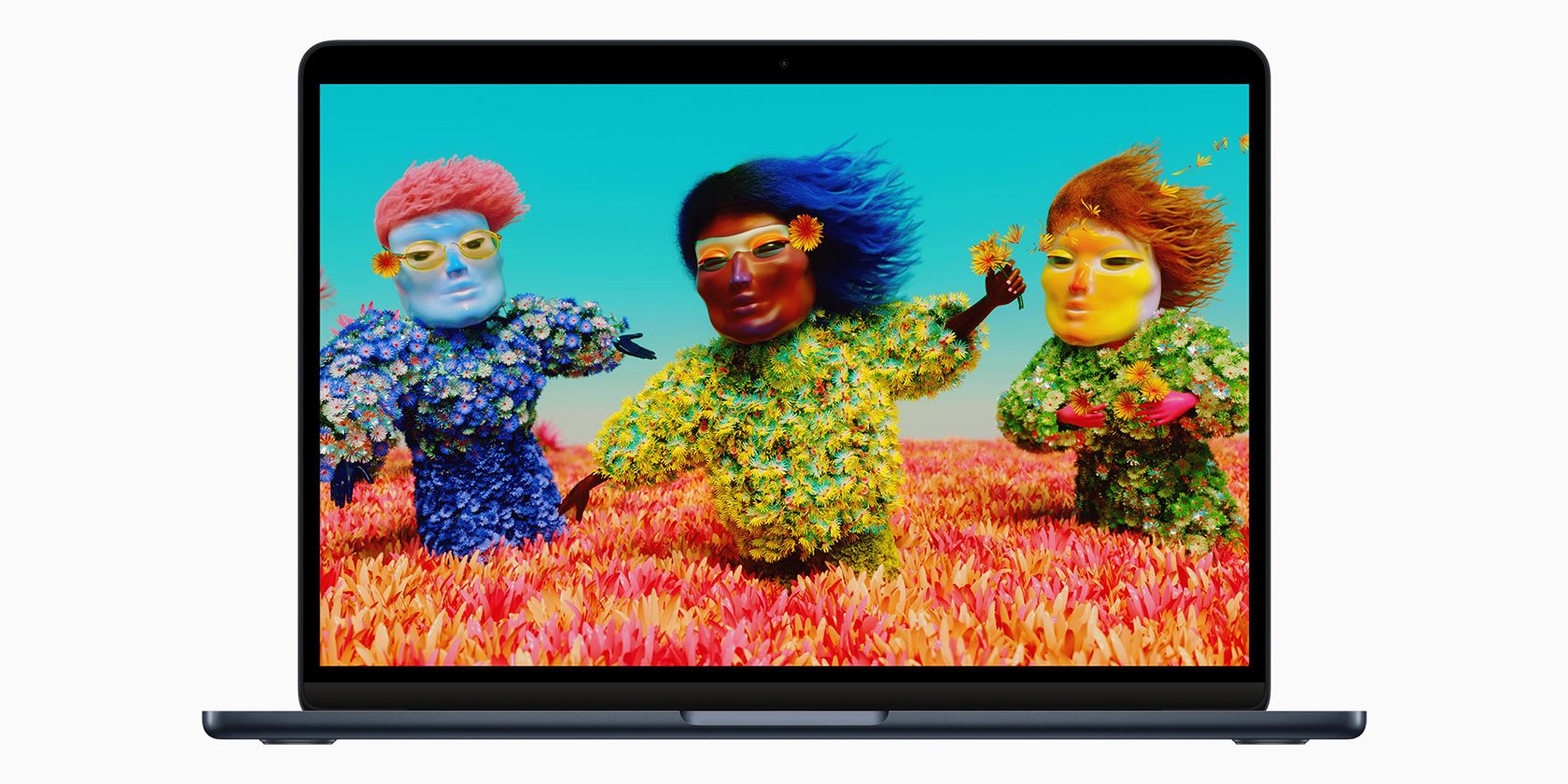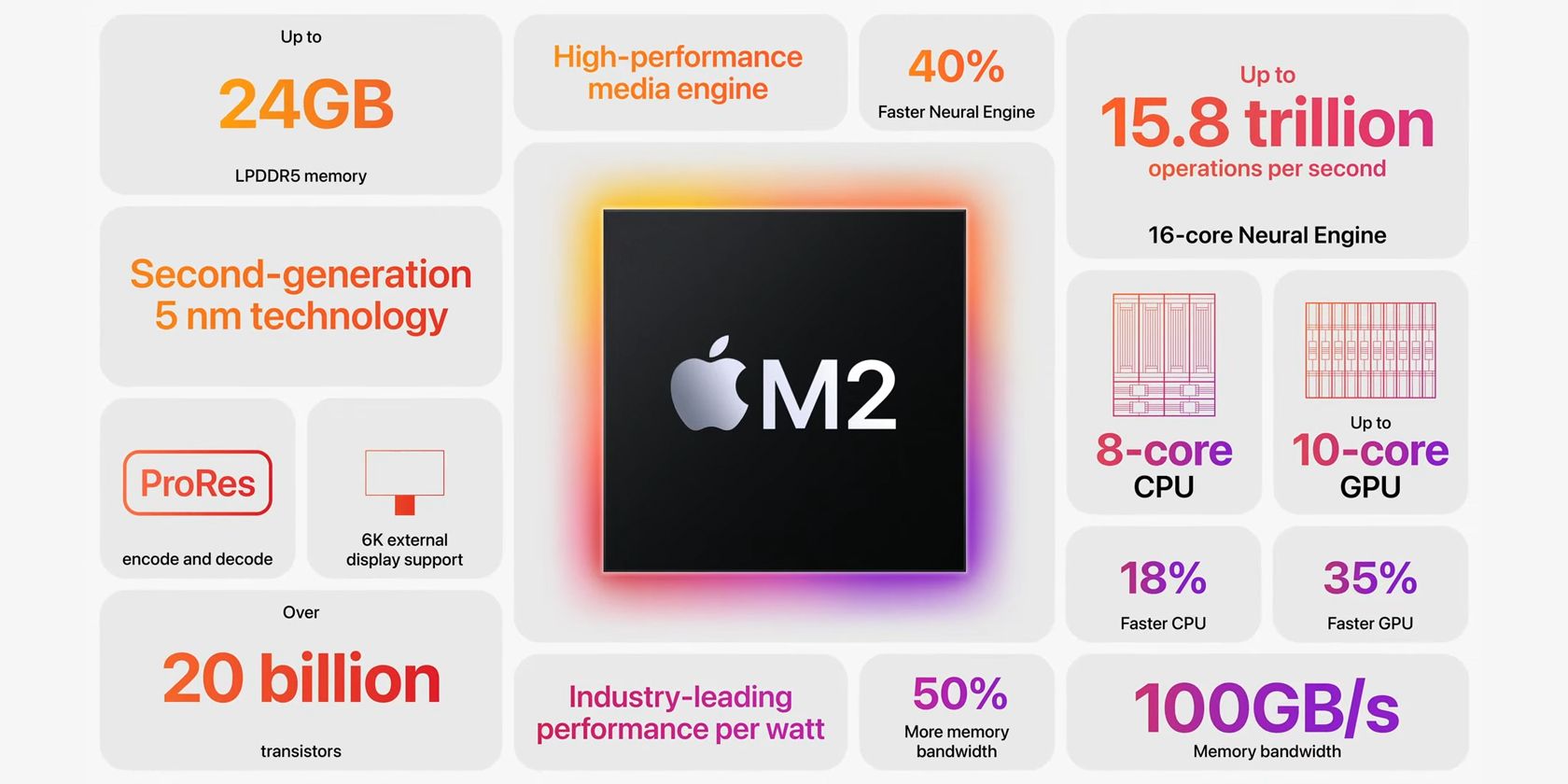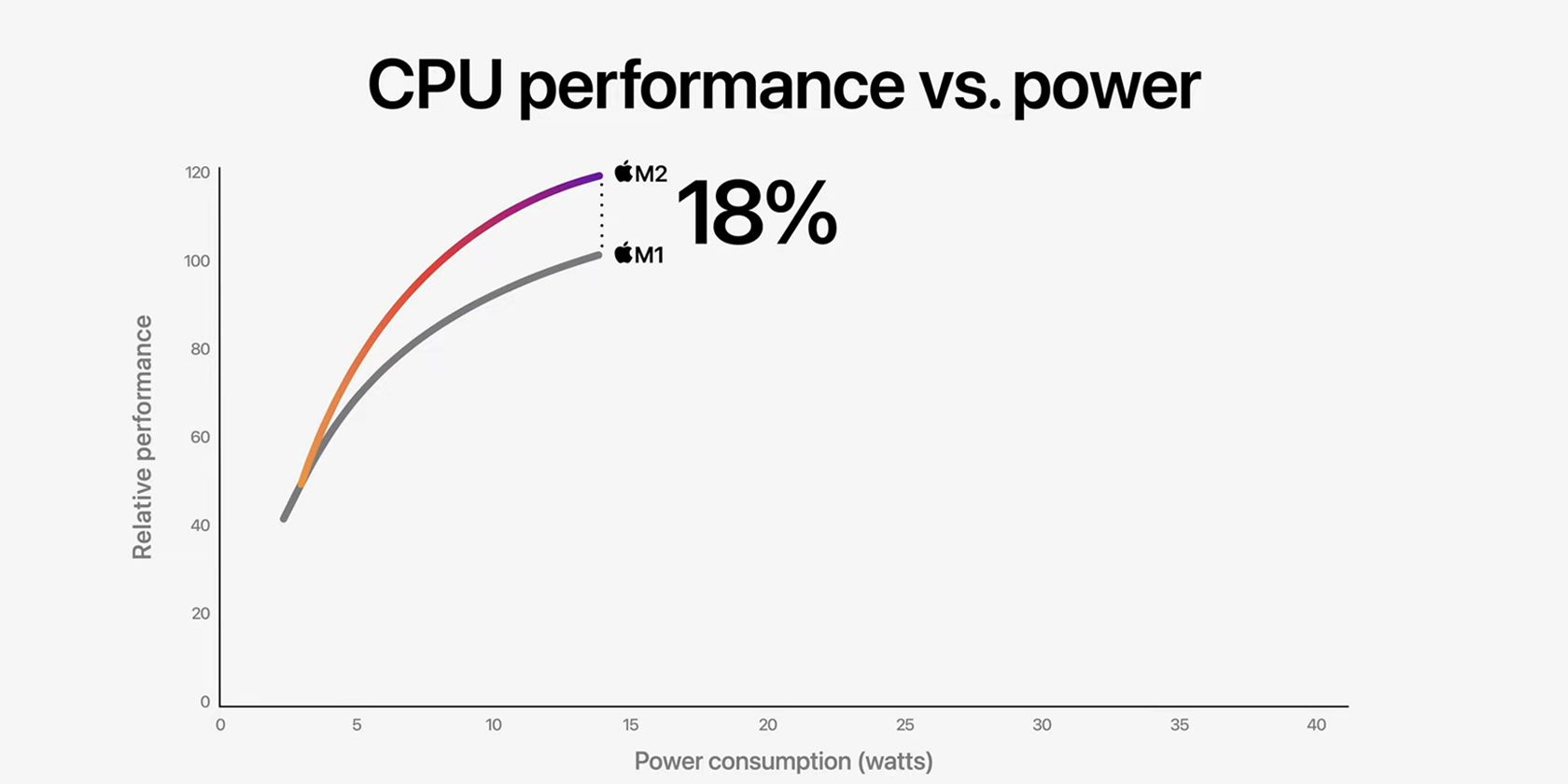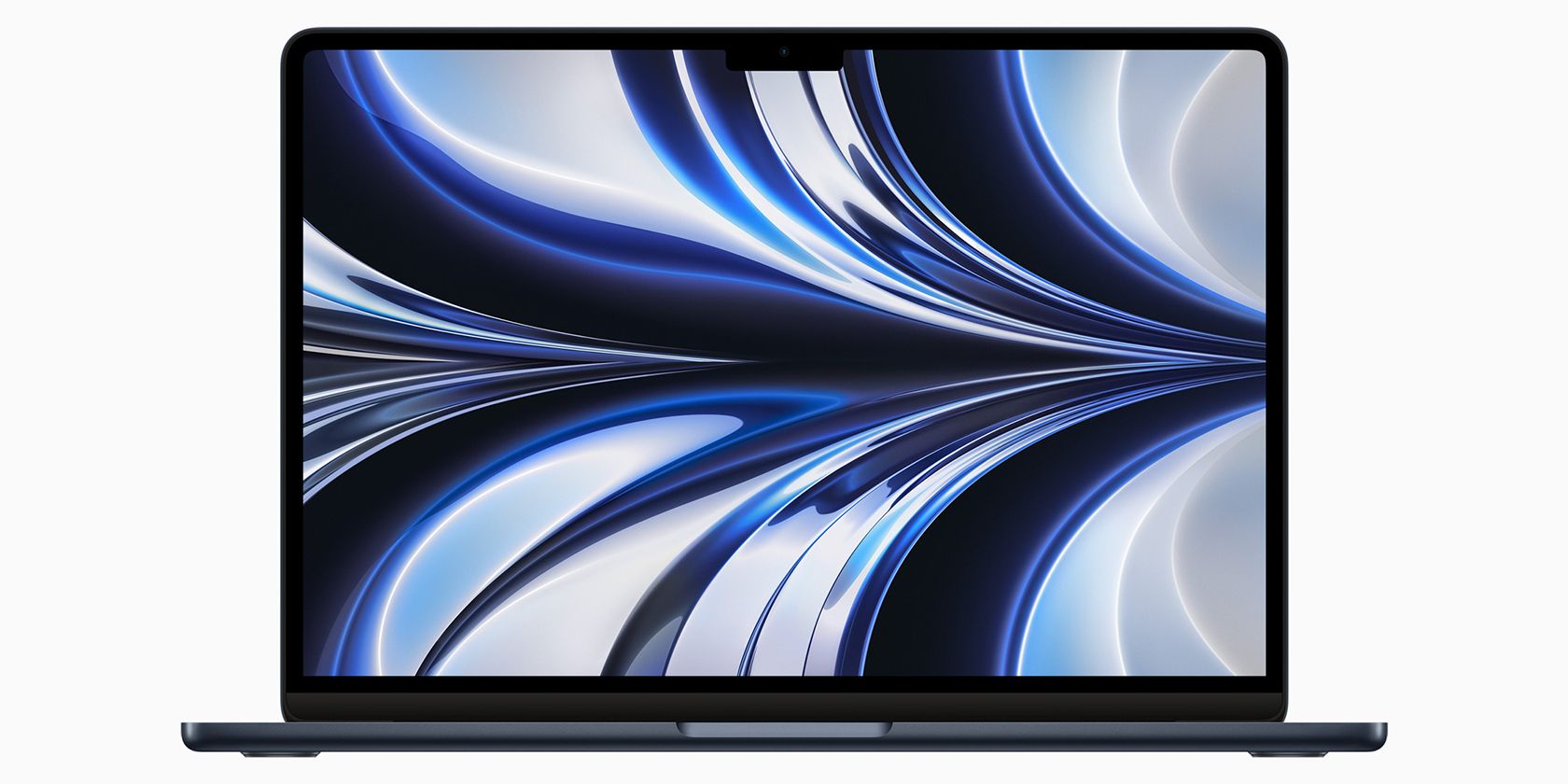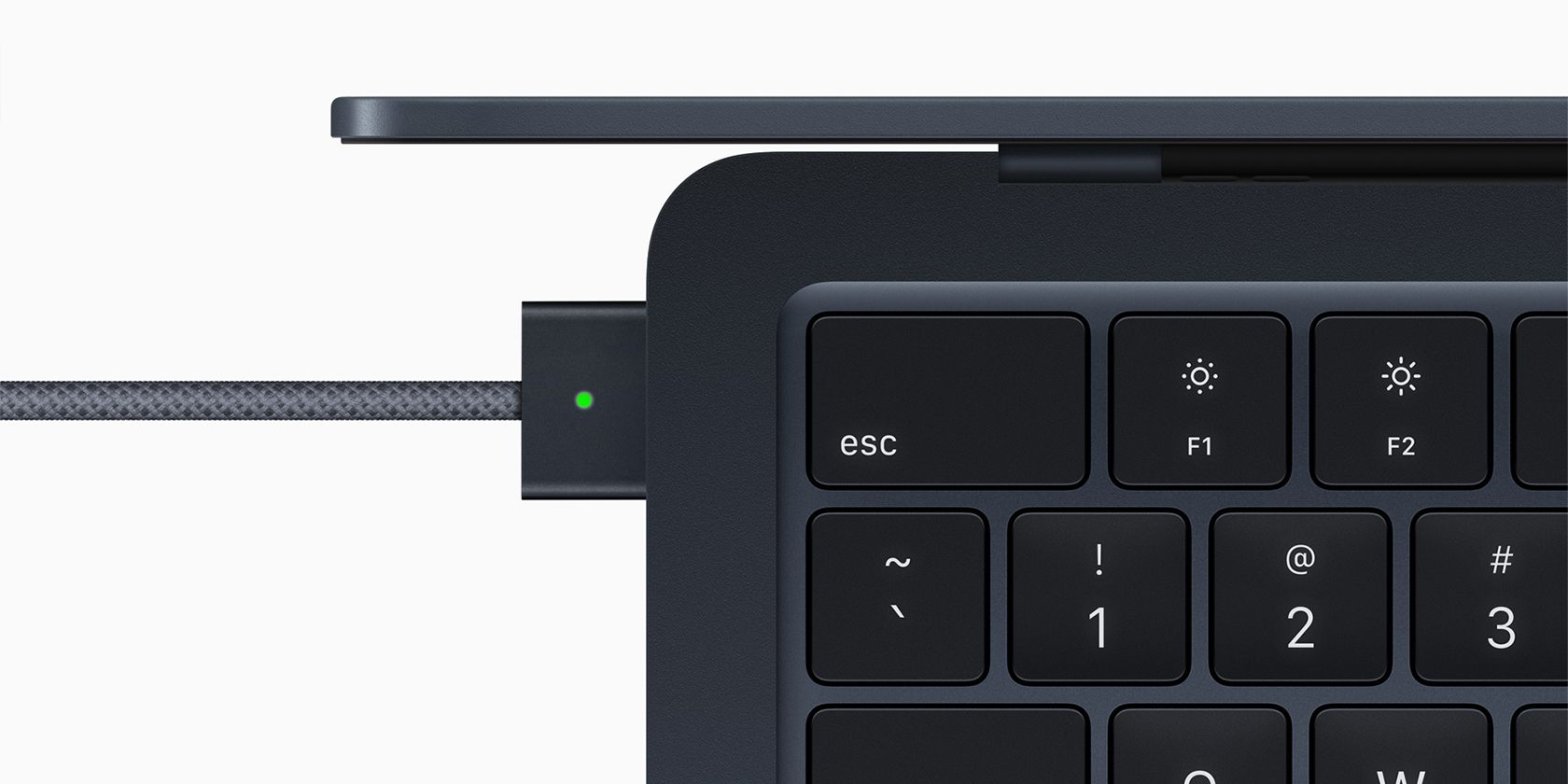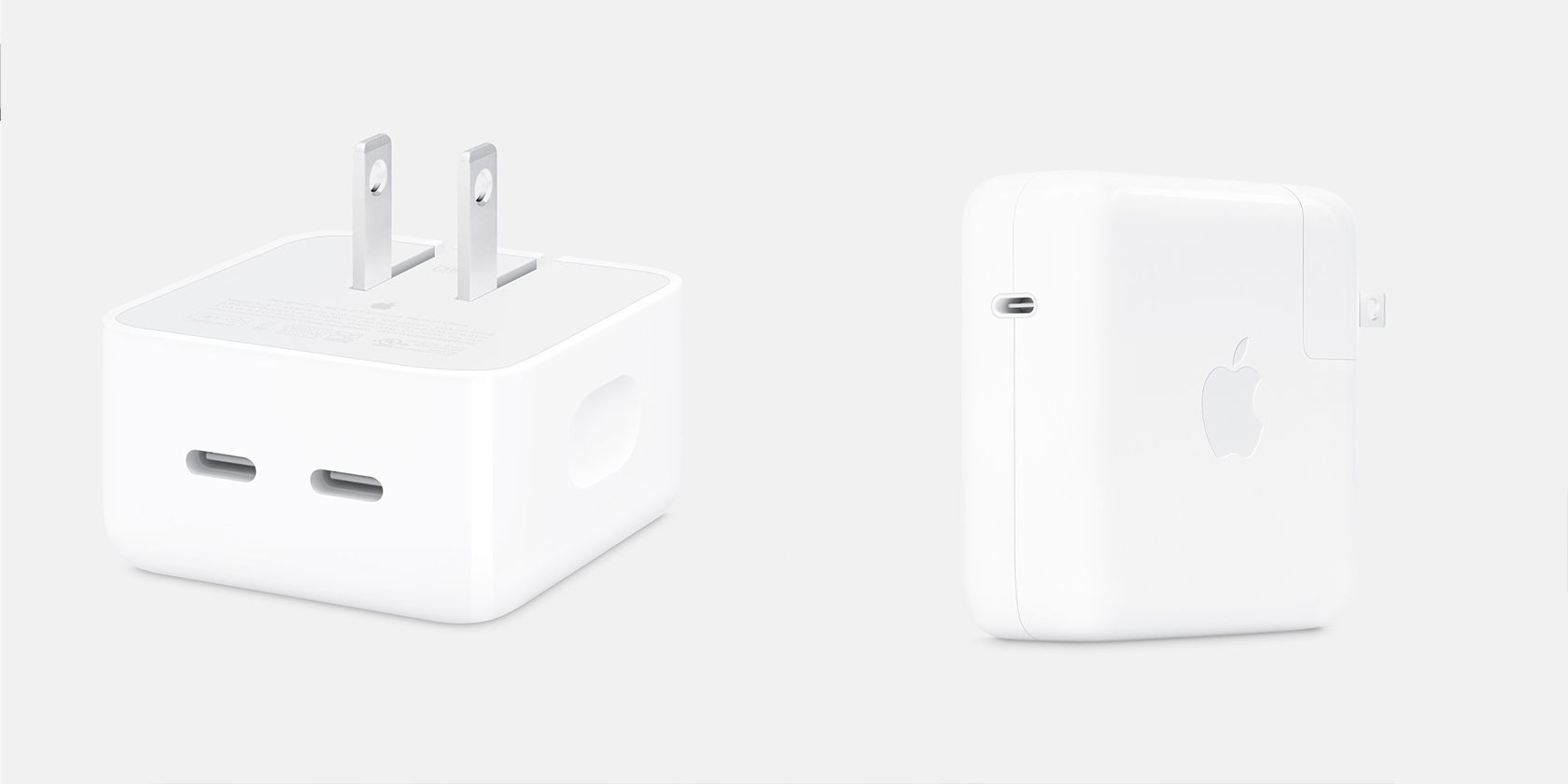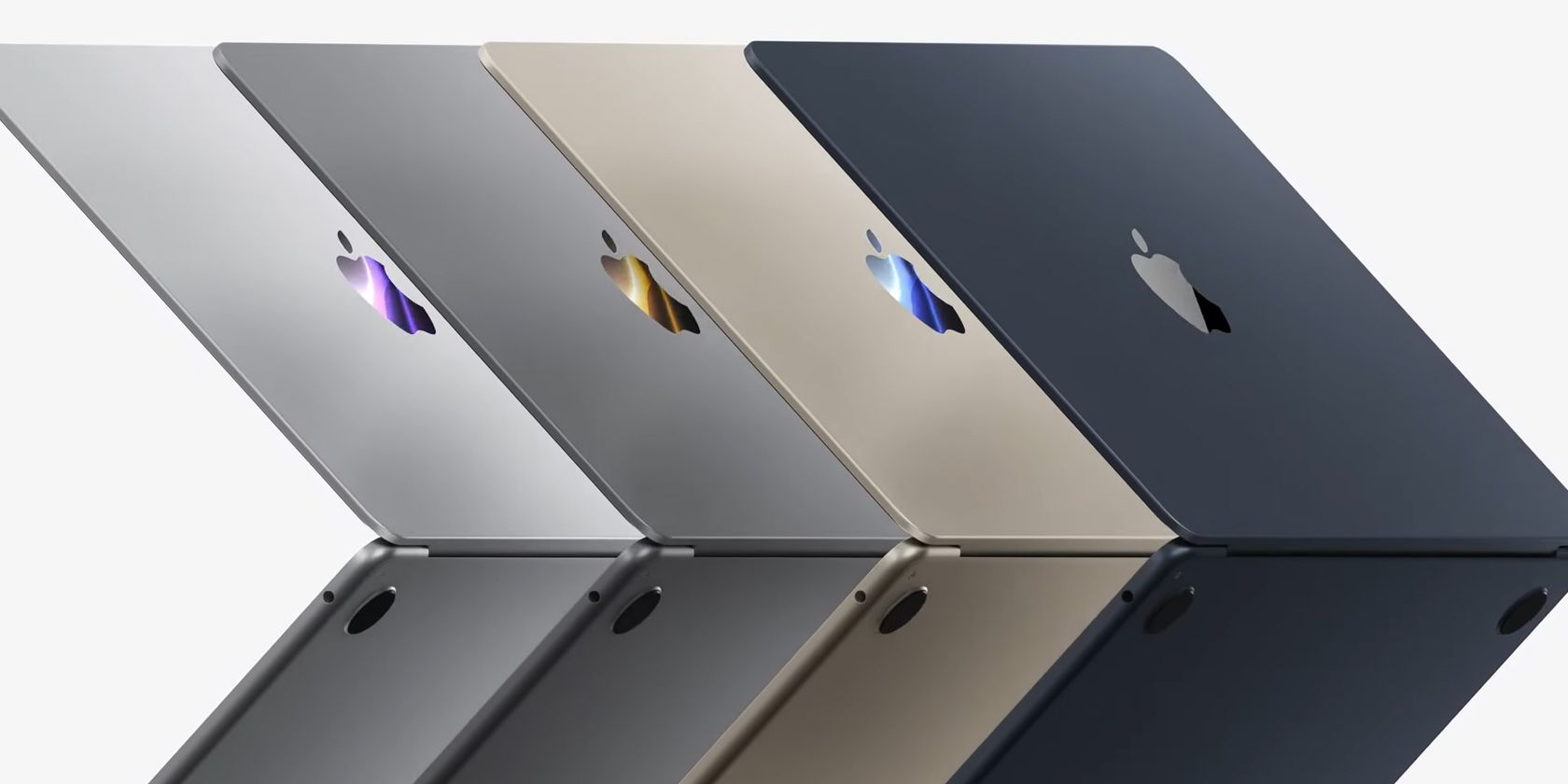Back in November 2020, Apple broke ground after introducing the now-fabled M1 chip. One of the first devices to get the new Apple silicon was the M1 MacBook Air, delivering unprecedented efficiency levels in a small and light platform. This system on a chip made the laptop one of the best-selling portable computers on the market. Now, Apple has revealed the next step.
After two years, Cupertino released the second generation of Apple silicon, aptly named M2. The release is headlined by a new model of the MacBook Air, powered by the M2 chip. This M2 MacBook Air has several new features that set it apart from the previous generation. Here’s what you need to know.
1. Apple’s M2 Silicon
Of course, the most significant change in the MacBook Air is its new system on a chip (SoC). The previous generation MacBook Air is now only available as one option—an 8-core CPU with a 7-core GPU. That model also has an 8GB unified RAM and 256GB storage, which you can upgrade up to 16GB and 2TB, respectively.
On the other hand, the M2 MacBook Air comes in two configurations—the lower variant with an 8-core GPU and the more powerful model with a 10-core GPU. The new chip is said to deliver 18% better CPU and 25% better GPU performance over the previous design, all while consuming the same amount of power.
Because of this development, you can expect the M2 MacBook Air to run faster than its predecessor while still retaining its extended battery life.
And while the base model still offers 8GB unified RAM and 256GB storage, the more powerful option offers 512GB storage. You can also upgrade the storage up to 2TB, and you can now increase the unified memory up to 24GB. These options make the M2 MacBook Air a compelling option for those who need more storage space and RAM, like video editors, but still demand a thin and light platform.
2. A New Display
Aside from the new, more powerful SoC, the M2 MacBook Air also sports an improved 13.6-inch Liquid Retina Display. This screen is 0.3 inches larger diagonally and 100 nits brighter than the M1 MacBook Air screen.
Apple achieved this slightly taller screen by reducing the upper bezel and adding a notch for the 1080p FaceTime HD camera. While not everyone is a fan of the notch, it adds more vertical space to the display, making it better for productivity.
3. MagSafe Is Back
Previously seen in the 2017 MacBook Air as MagSafe 2, Apple’s proprietary magnetic charging feature disappeared from laptops in 2019, before showing up again in the iPhone 12 and then the M1 MacBook Pro. Today, it finally makes it back to the MacBook Air as the MagSafe 3.
By adding a MagSafe port on the right side of the M2 MacBook Air, you retain the use of the two USB-C, Thunderbolt 3 ports while recharging your laptop. But if you’re in a bind and left your MagSafe 3 charger, you can still use any of the USB-C ports to recharge your MacBook Air.
4. Faster or Dual Charging
Your only option to recharge the M1 MacBook Air was a 30W USB-C Power Adapter. But if you’ve got the M2 MacBook Air, you now have three charging options. If you bought the base model device, you still get a 30W Power Adapter, but with MagSafe 3.
However, those who chose the more powerful, 10-core GPU with 512GB storage will get a 35W Dual USB-C Port Compact Power Adapter, allowing you to use your MacBook charger with other devices at the same time.
Finally, you can opt to upgrade to the fast-charging 67W USB-C Power Adapter, allowing you to juice up your MacBook in much less time.
5. Sound and Camera Improvements
The M2 MacBook Air now sports a 1080p FaceTime HD camera, bumping its quality from last year’s 720p webcam.
Apple also improved the already phenomenal stereo laptop speakers on the M1 MacBook Air, adding two more to deliver a four-speaker sound system on the M2 MacBook. The company also added Spatial Audio support with Dolby Atmos on the built-in speakers. And it included dynamic head tracking if you’re using the third generation AirPods, AirPods Pro, and AirPods Max.
6. Design and Form Factor
The M2 MacBook Air is now thinner than ever. It ditched the wedge shape of the previous design to deliver a flatter profile, similar to the latest MacBook Pro models. This reduces its height from 1.61cm to 1.13cm. And although the screen is taller than the M1 model, by 0.06cm, it’s 50 grams lighter, making it easier to carry around.
Apple also dropped the Gold color from its line-up. You still get the classic Silver and Space Gray, but you can also now pick between Starlight and Midnight as well.
7. Price
What made the M1 MacBook Air a hit among consumers is its relatively affordable entry price of $999 for such a powerful chip. Despite the new M2 MacBook’s release, the M1 will not get a price drop. Instead, it has retained its launch price, while the M2 MacBook Air is being offered at a higher price.
The lower variant M2 is currently going for $1199, while you’ll have to shell out $300 more to get the 10-core GPU. If you’re excited to upgrade to the latest Apple silicon, these devices will be available from July 2022.
A Powerful Magnet Into the Apple Ecosystem
Given the popularity of the M1 MacBook Air, it makes sense for the company to release their next-gen chip on a new MacBook Air as well. This move would make more people interested in switching from Windows to Mac, thus leading them into the Apple ecosystem.

